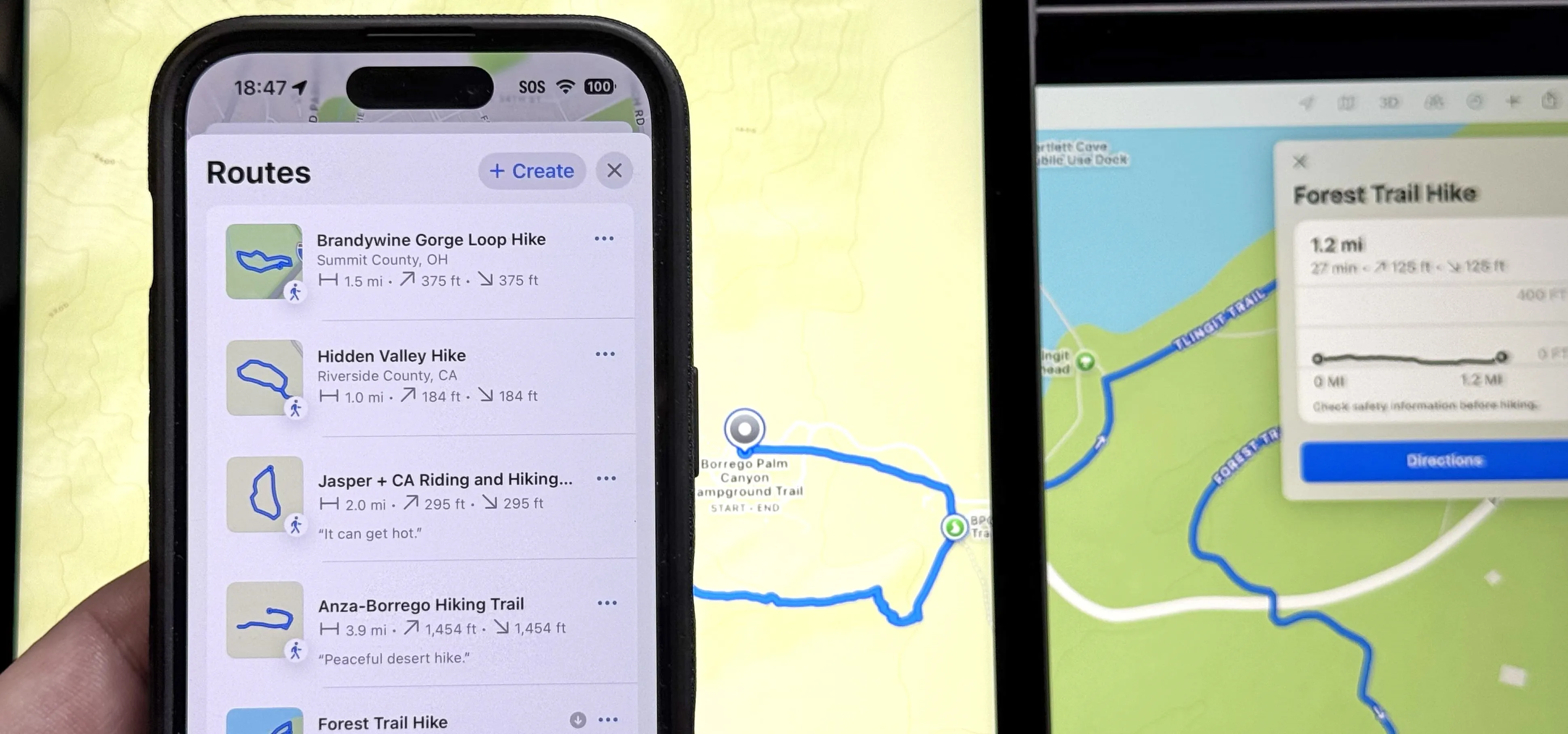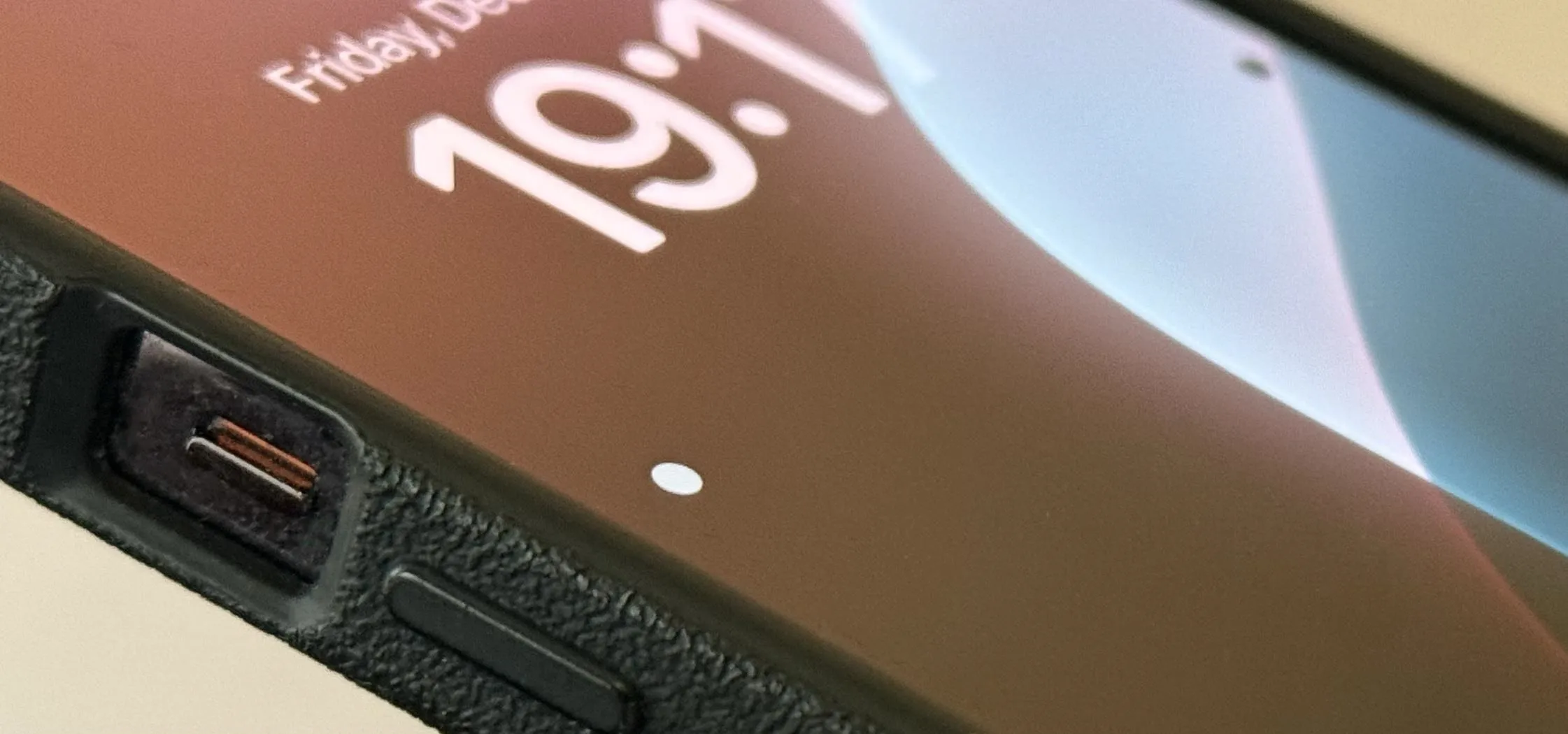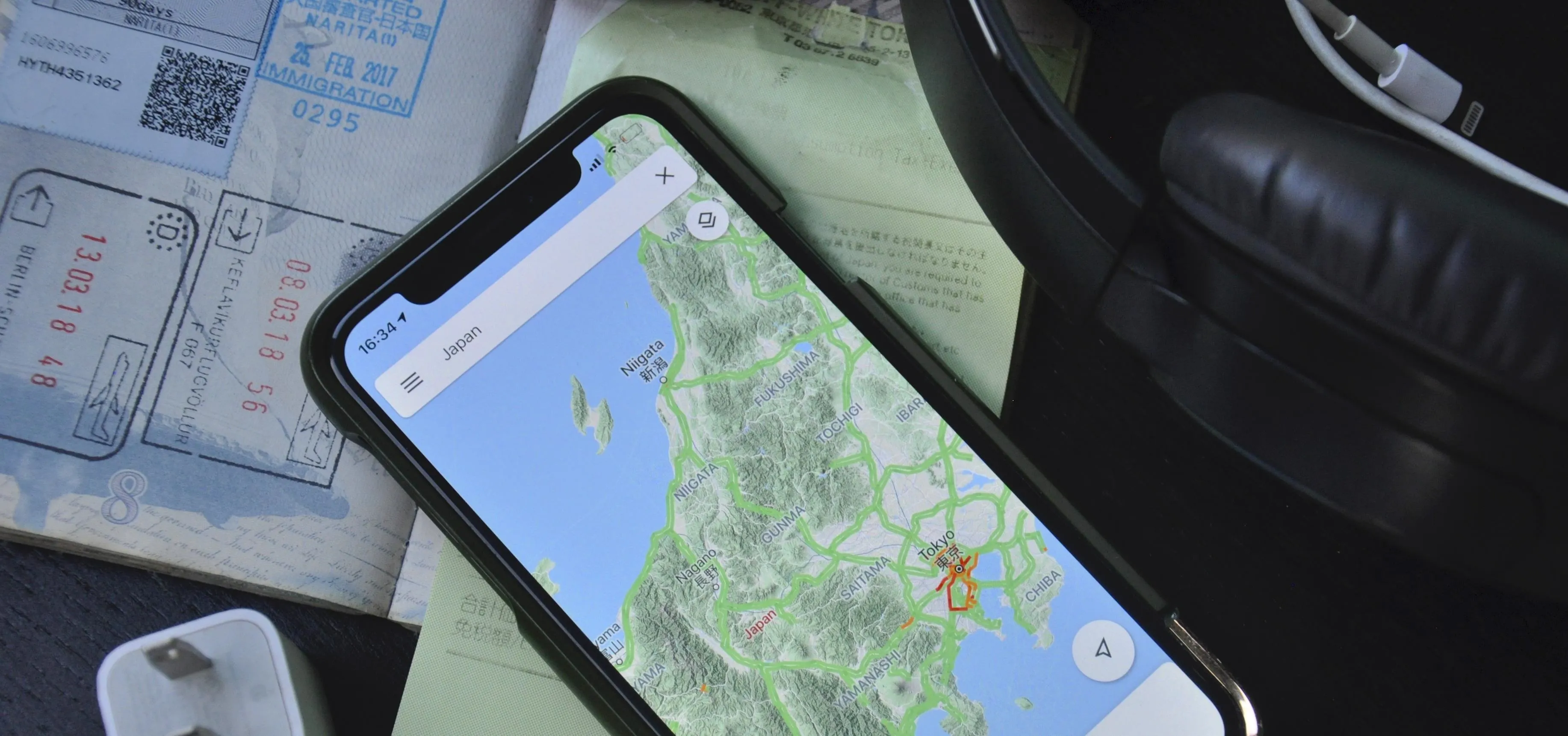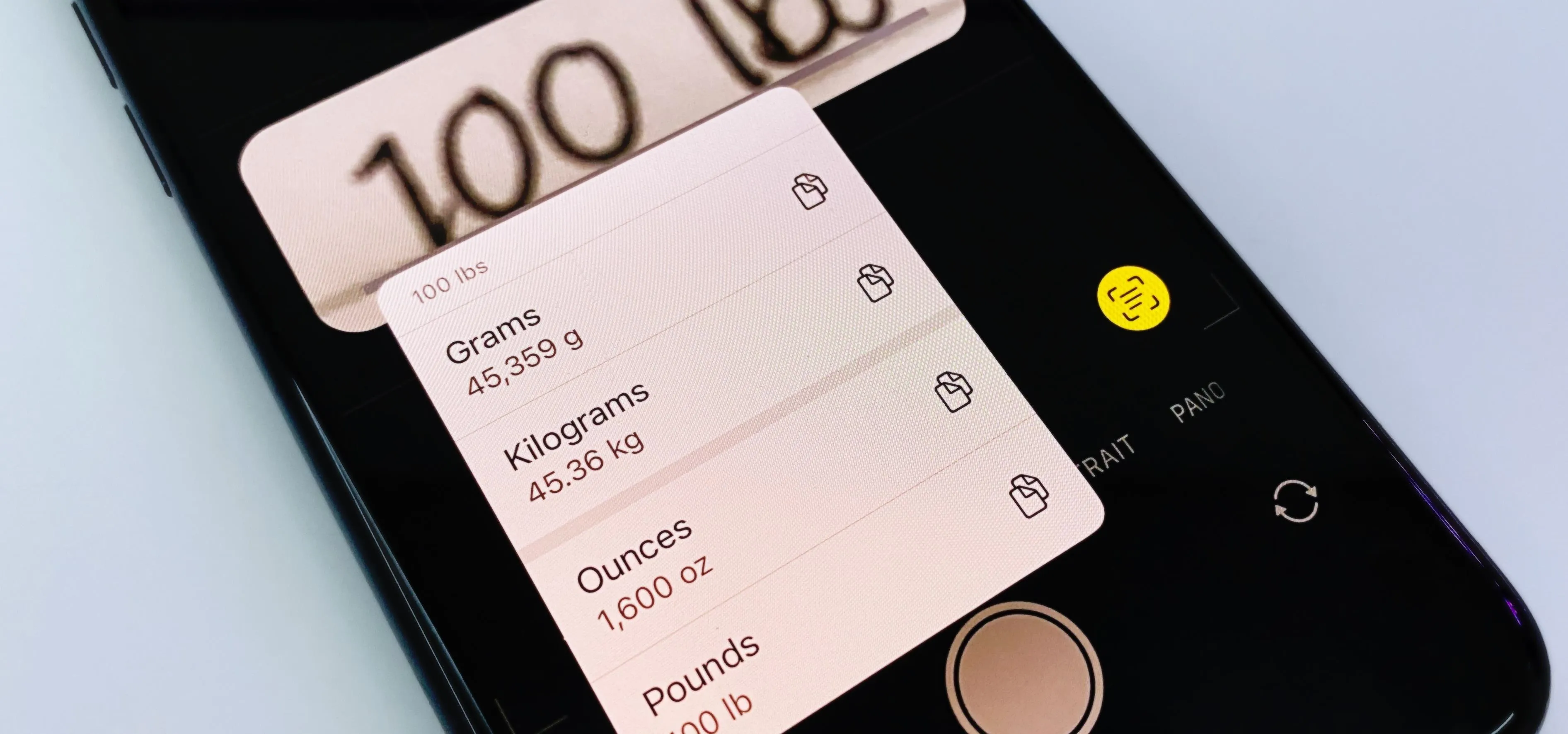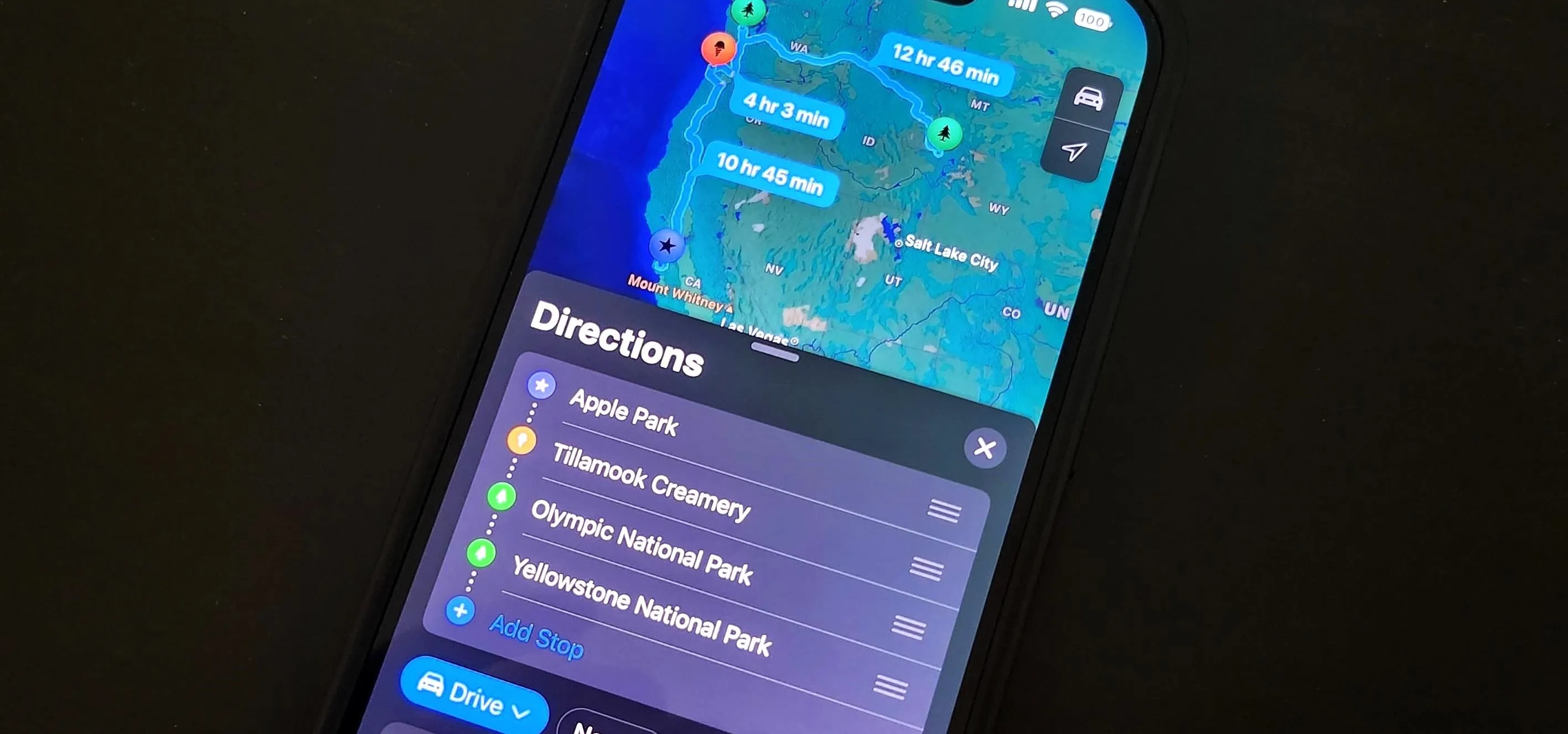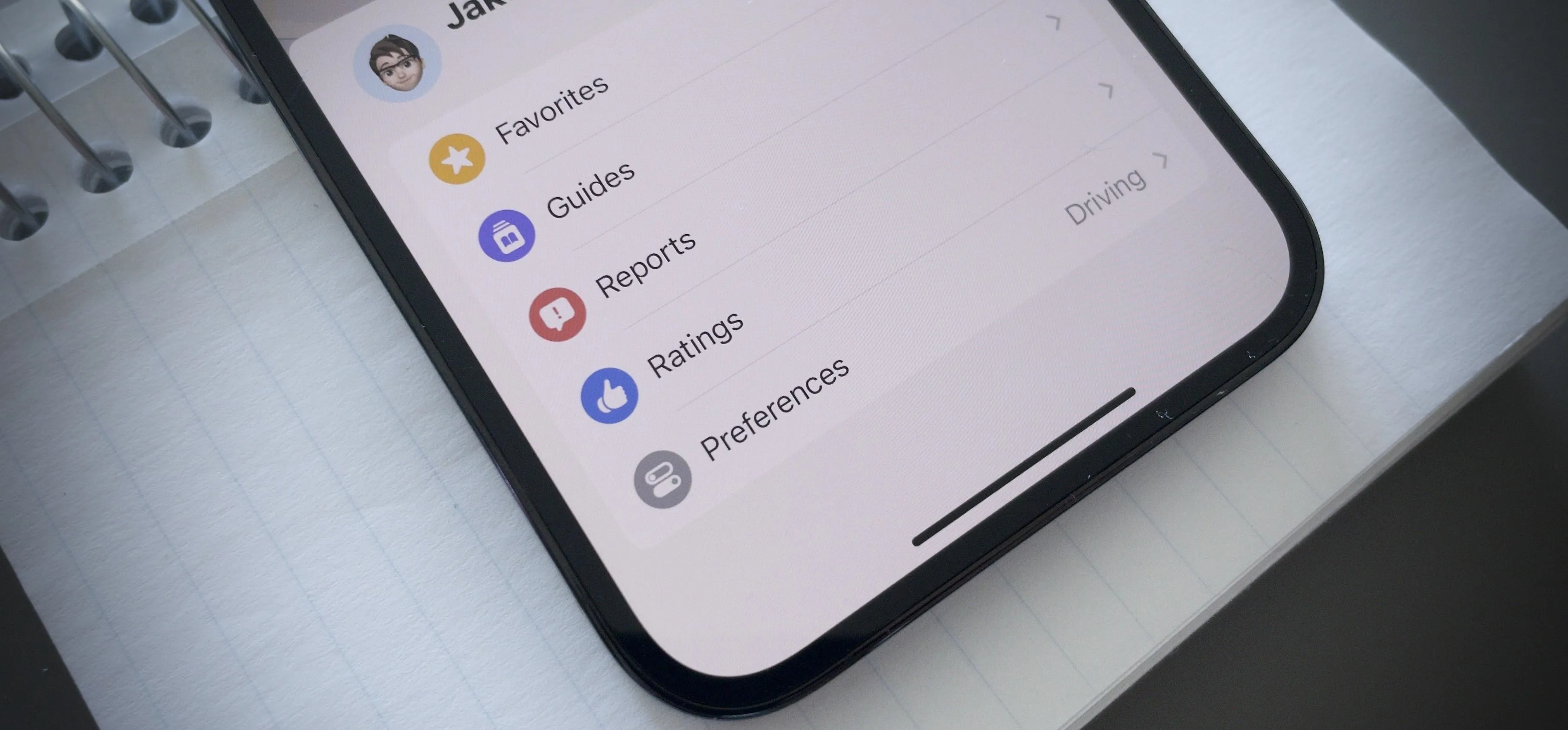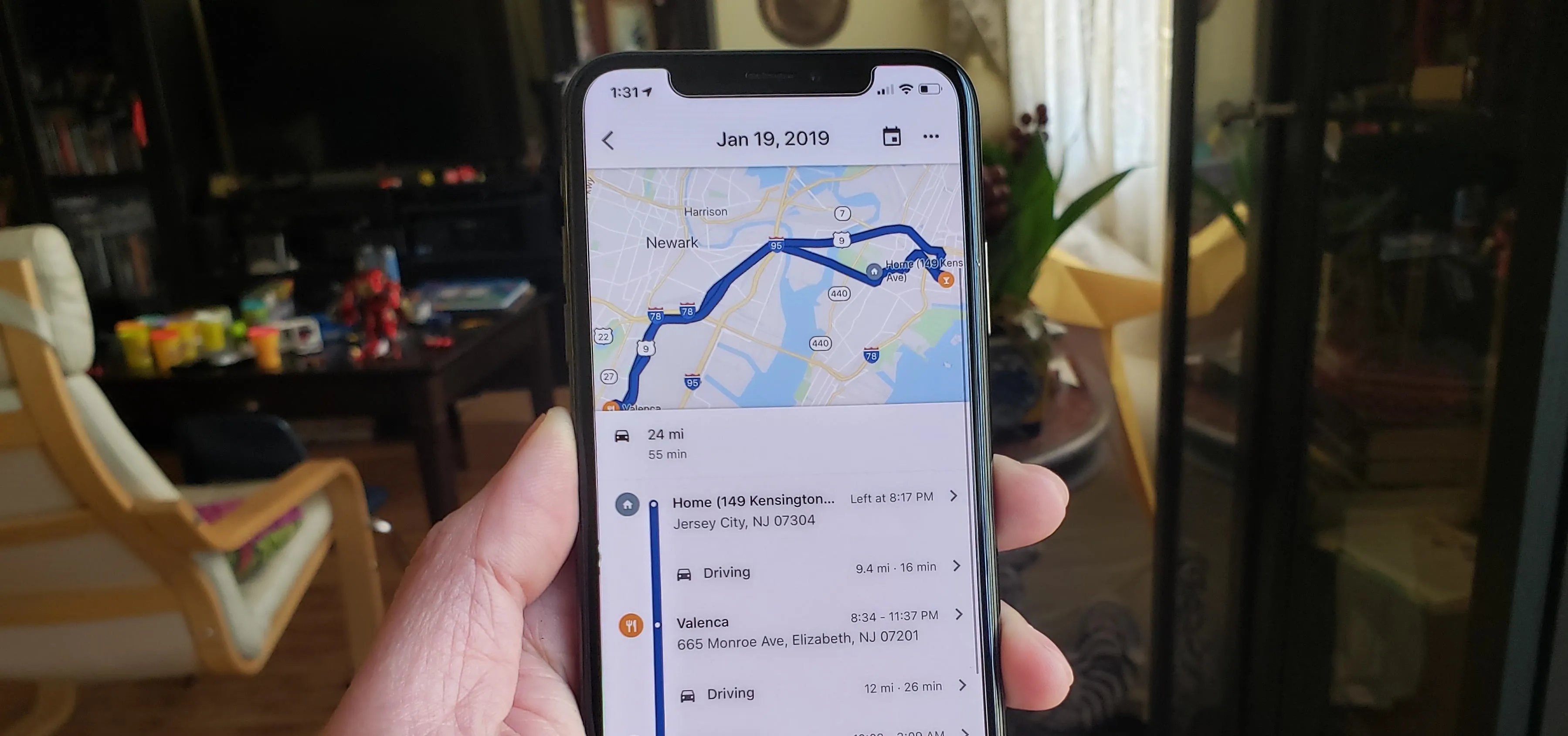How-To Guides about Hacks Mods & Circuitry


how to
Eavesdrop from a Distance with This DIY Parabolic 'Spy' Microphone


how to
How to Hack Your Electricity Meter


how to
Rock Harder on GarageBand with a DIY Pringles Can Drum Kit
Featured On Gadget Hacks:
Gaming










Featured On Gadget Hacks:
iOS 18










Featured On Gadget Hacks:
Productivity & Shortcuts










Featured On Gadget Hacks:
Travel Tips for Your Phone





























































































































